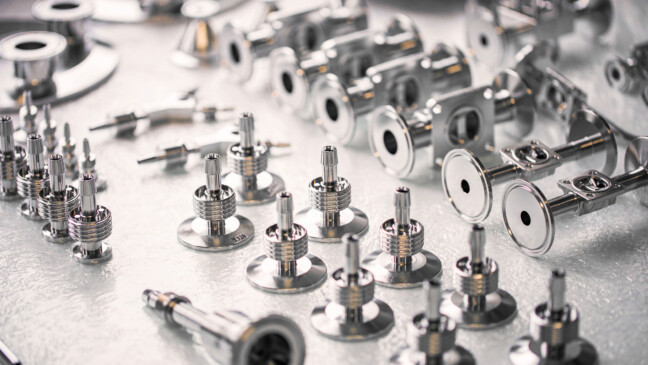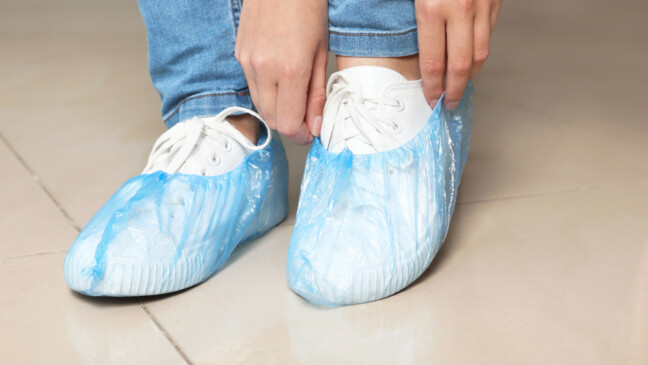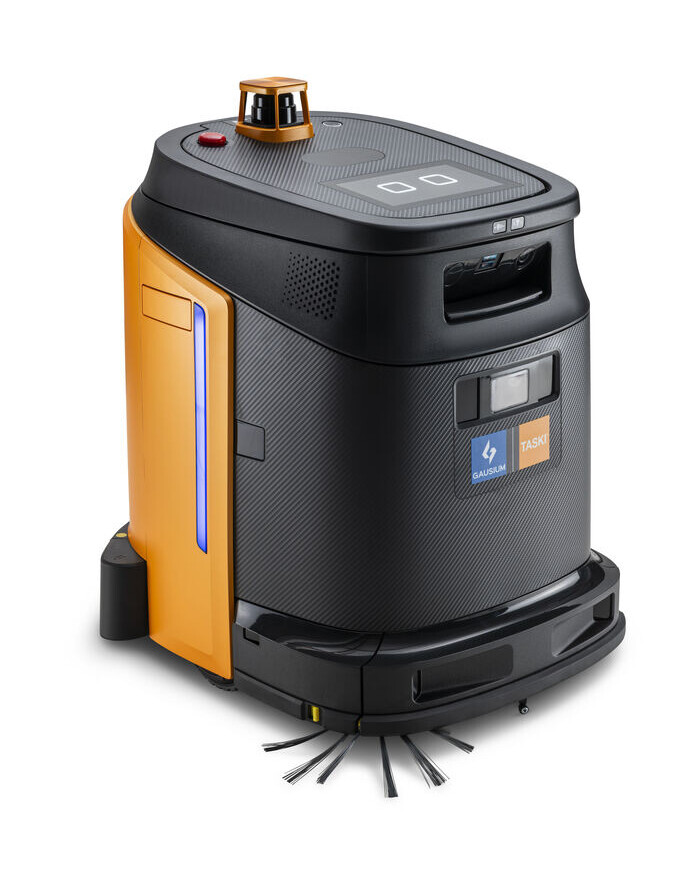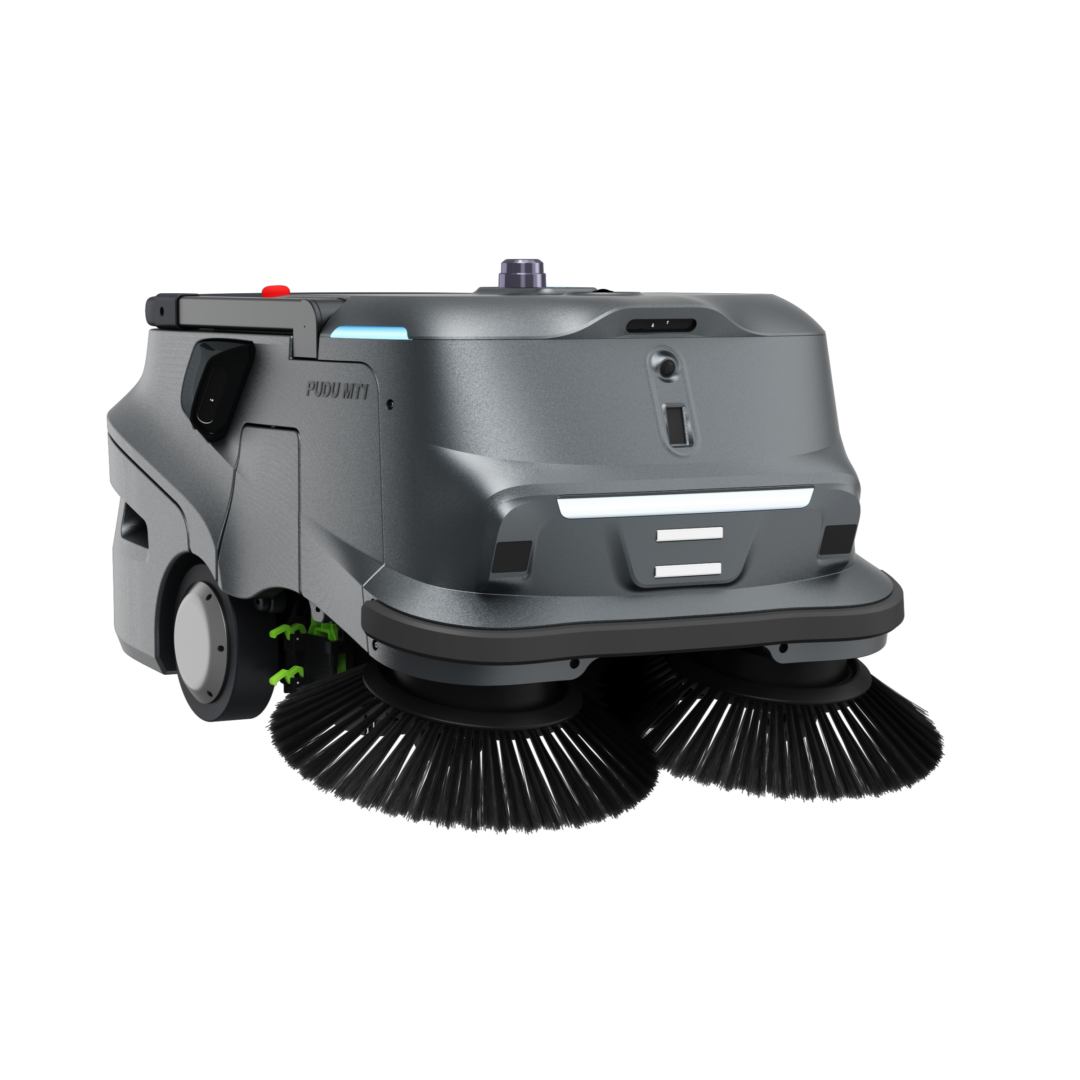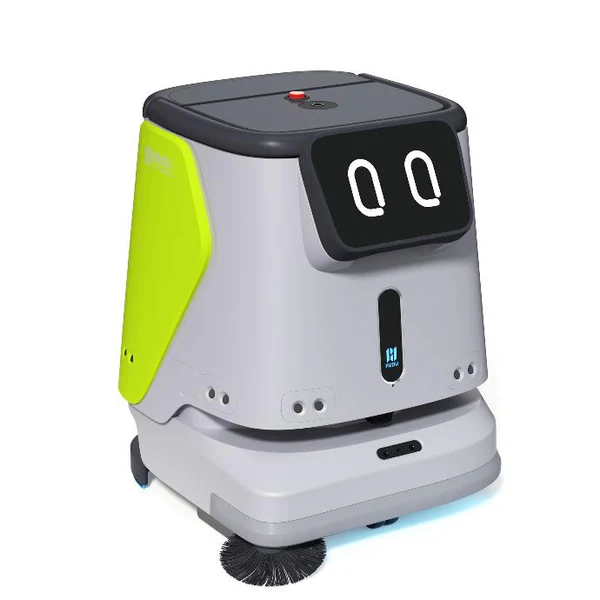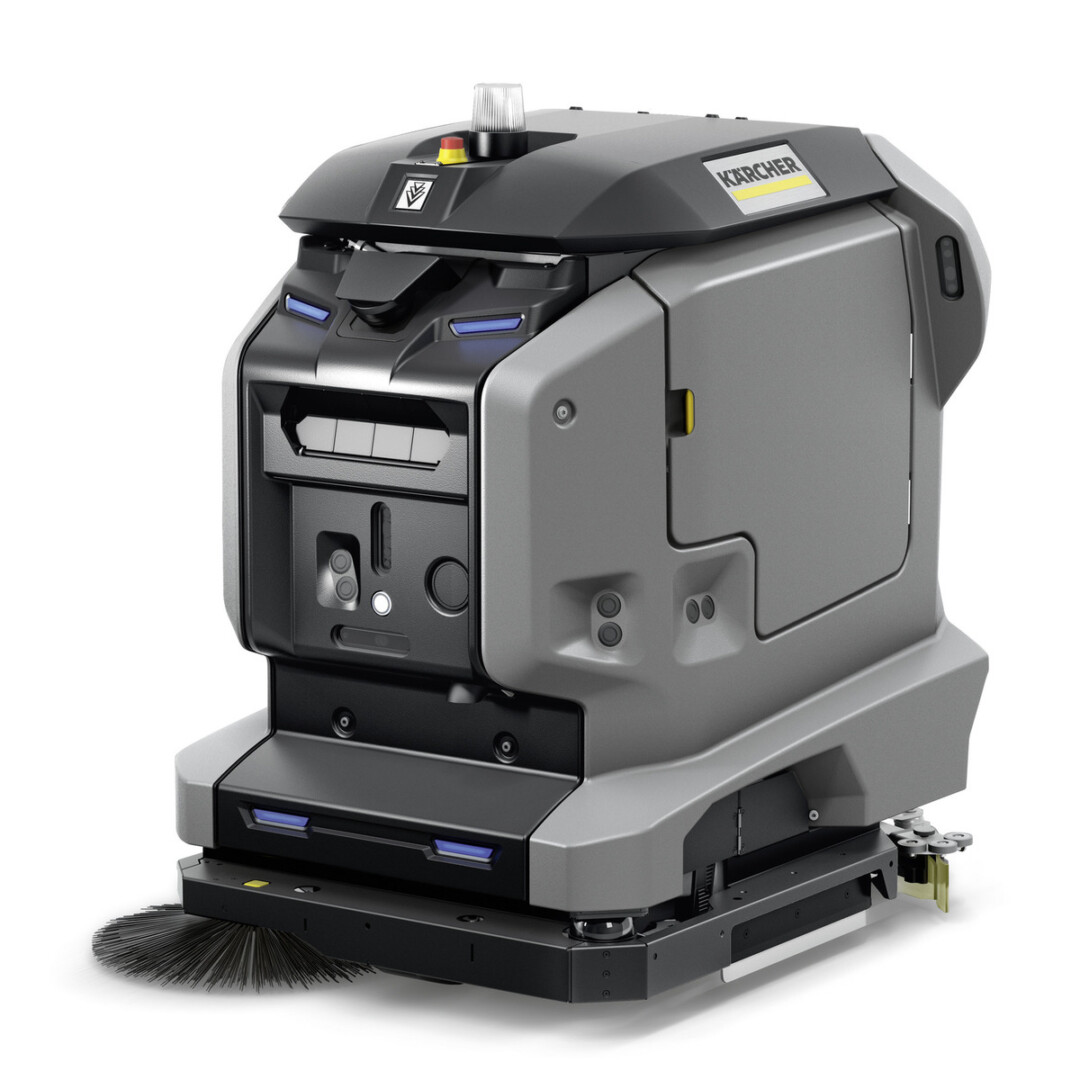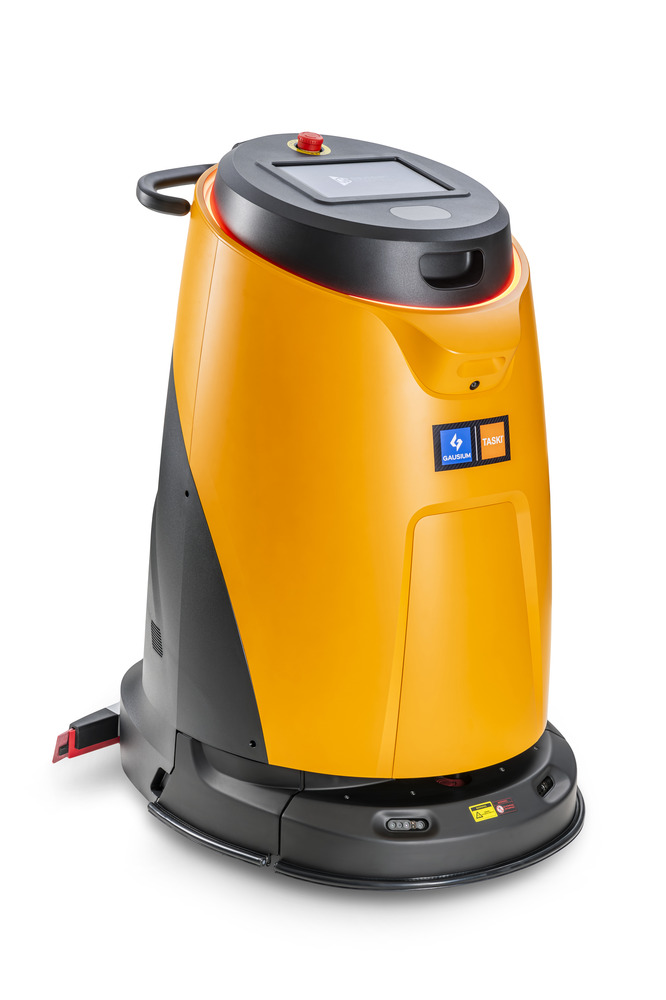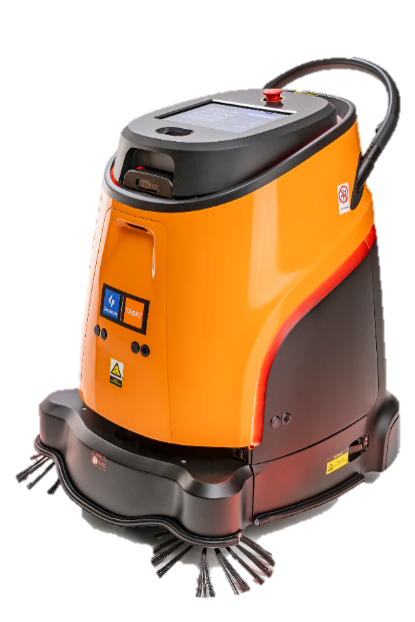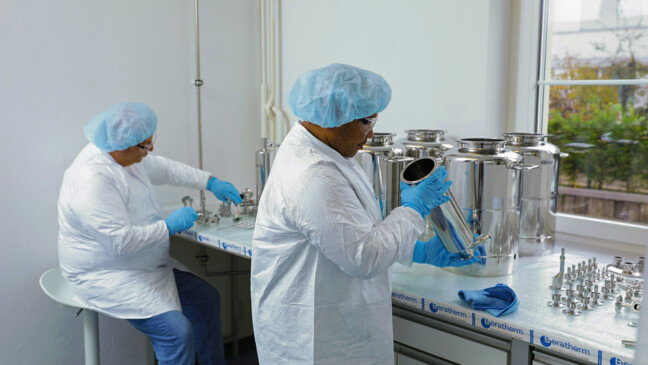
16.11.23
Navigation mechanisms in robotics: from basics to advanced applications
Robots are complex machines that are controlled by a combination of mechanics, electronics and software. Their basic functional principle is based on the input of data, the processing of this data and the execution of actions. Robots can be programmed for a variety of tasks, from simple mechanical activities to complex, autonomously navigating systems.
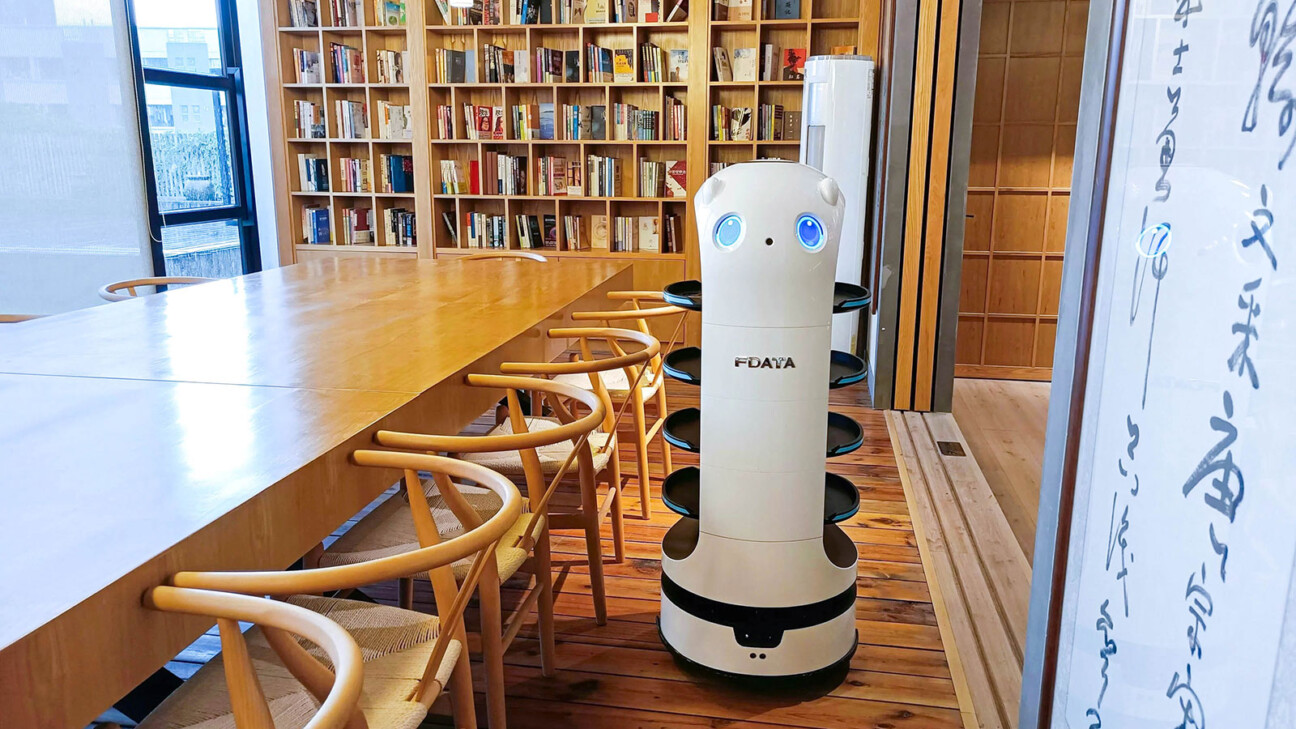
Orientation in the room
A central aspect of robotics is the ability of robots to orientate and navigate in space. Various technologies enable this spatial perception and movement:
- LiDAR
- How it works: LiDAR uses laser beams to scan the environment and create a 3D map.
- Advantages: Very precise distance measurement; well suited for detecting obstacles and mapping environments.
- Disadvantages: Can be affected by weather conditions such as fog, rain or strong sunlight; relatively high cost.
- Radar
- How it works: Uses radio waves to detect objects and their distances.
- Advantages: Effective in a variety of weather conditions; also penetrates some materials.
- Disadvantages: Less accurate than lidar in detecting small or distant objects.
- Ultrasound
- How it works: Emits sound waves and measures the time it takes for them to be reflected by objects.
- Advantages: Simple and inexpensive; good for proximity detection.
- Disadvantages: Limited range and accuracy; susceptible to false echoes.
- Cameras of various kinds
- How it works: Optical sensors capture images of the surroundings, which are then analyzed.
- Advantages: Provides detailed visual information; essential for tasks that require image recognition.
- Disadvantages: Requires complex image processing; can be affected by lighting conditions.
- Guidelines on the floor
- How it works: Robots follow visually or magnetically recognizable paths.
- Advantages: Simple and reliable method for fixed routes.
- Disadvantages: Flexibility is limited; environment must be suitably equipped.
Combination of systems
In practice, combinations of these systems are often used to exploit the strengths of the individual technologies and compensate for their weaknesses. For example, a robot can use lidar for general navigation and ultrasound for close-range detection. Cameras can be used for navigation as well as for specialized tasks such as object detection.
Use in professional cleaning machines
Modern professional cleaning robots, such as the Kärcher KIRA B 50, the Hako Scrubmaster B75 i and the Taski Ecobot 50, use a range of advanced sensor technologies to navigate efficiently and autonomously in different environments. These robots are an example of how different sensor types are combined to optimize navigation and safety.
Kärcher KIRA B 50
- Sensors: The KIRA B 50 uses powerful sensors for 360° environment detection and side monitoring. These enable safe collision avoidance and avoidance of obstacles.
- Special features: The robot is designed for non-contact detection of obstacles, fall hazards and people, which indicates a combination of optical and ultrasonic sensors. LiDAR, ultrasonic and 3D sensors are used here.
Hako Scrubmaster B75 i
- Sensors: This model uses a 3D camera system and LiDAR sensors for navigation and safety.
- Navigation: The combination of these sensors enables efficient navigation and compliance with safety standards, which is particularly important in complex or confusing environments.
Taski Ecobot 50
- Sensors: The Ecobot 50 combines various sensor types, including an independent 360-degree view, LiDAR, visual sensors, ultrasonic sensors and passive collision sensors.
- Safety functions: It has LiDAR, a 3D camera, fall protection and air pressure collision sensors that ensure comprehensive obstacle detection and avoidance.
Many other robots are available. These include so-called co-bots, which perform together with the cleaning staff. These include the Wetrok Robmatic Marvin. It can also be used as a fully-fledged, manually operated scrubber-dryer.
These examples show that professional cleaning robots use a variety of sensor technologies to perform their tasks efficiently and safely. LiDAR and 3D cameras provide precise spatial mapping and obstacle detection, while ultrasonic sensors and passive collision sensors contribute to close obstacle detection. The combination of these technologies enables robots to autonomously perform complex cleaning tasks in different environments.
Summary
The choice of the right orientation system depends heavily on the specific application and environmental conditions. While some systems such as lidar offer high precision, simpler systems such as ultrasound may be sufficient and more cost-effective in certain contexts. The combination of different technologies makes it possible to make robots more flexible and efficient to meet the requirements of different scenarios.
